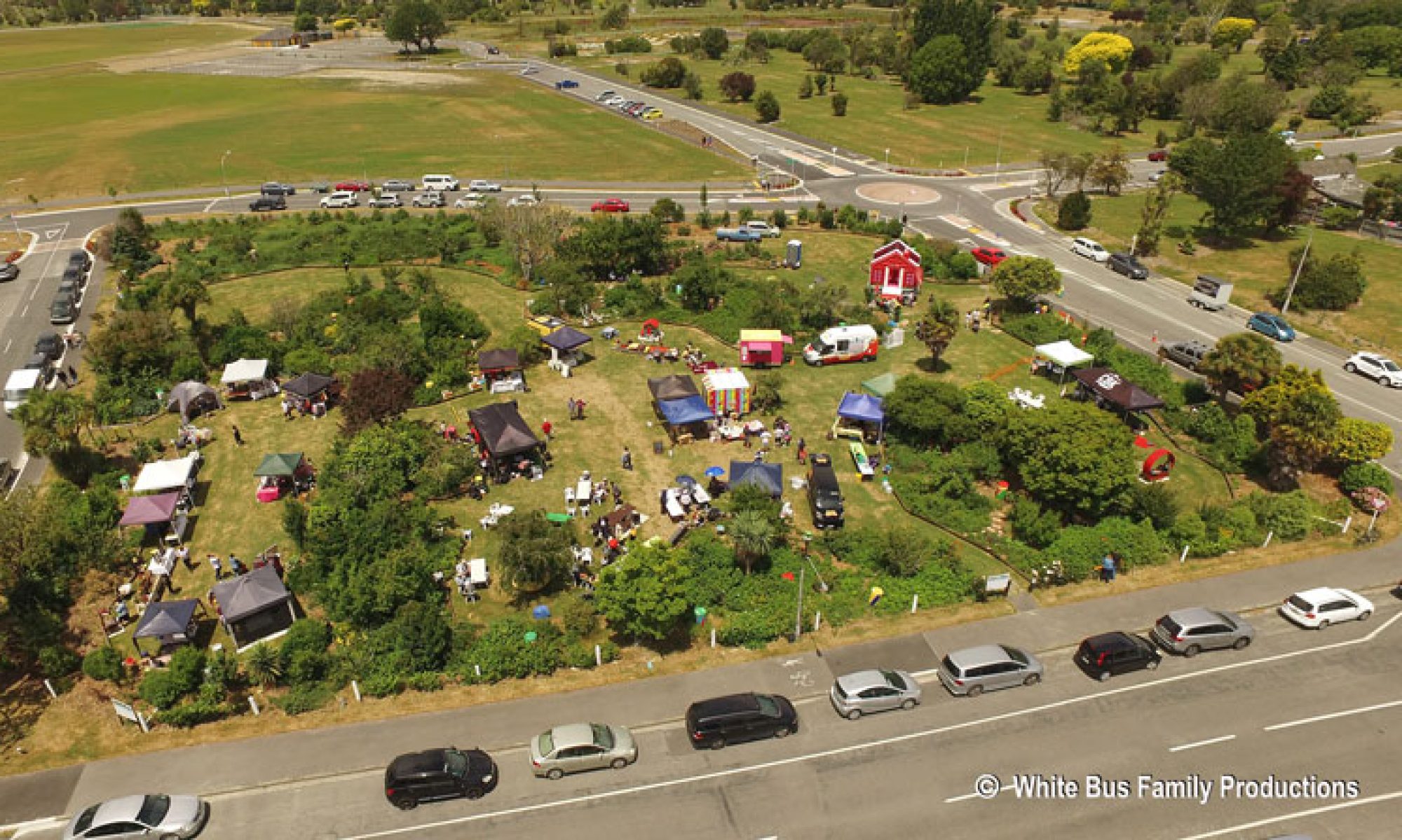Food forests:
- Can be squeezed into the smallest of plots
- Can be built around an existing fruit tree
- Create a balanced ecology
- Pump out fruit, nuts, flowers, herbs
- Are simple to create and maintain
- Provide habitat, pollination, fertilizer & pest management
You start with a canopy layer which could be an existing tree- which is a large fruit or nut tree, Apple, pears, apricots, peaches, plums, almonds, quince etc
Under story – smaller trees – citrus, dwarf, semi dwarf, beneficial trees ie (you also need to include nitrogen fixers ideally 2-3 for each guild kakabeak, kowhai) Lemon, lemonade, mandarin, orange, loquats, grapefruit, hazelnut etc
Third layer – medium size plants, berries, bushes, herbs, beneficial plants – Raspberries, golden raspberries, cranberries, mint, black and red currants, oregano, rhubarb, blueberries, borage, comfrey, capsicum etc
Fourth layer – vegetables and herbs – Annual vegetables, lettuces, brassicas ie silver beet, cabbage etc
Fifth layer – Root crops – Swede, turnip, carrots, yams, onions, garlic, leeks, spring onions etc
Sixth layer – Vine layer – Climbing raspberries, hops, tomatoes, beans, peas, boysenberries, Logan berries, goji berries etc
Seventh Layer – ground cover – Strawberries, wild strawberries, orange berries, pumpkins, kamokamo etc
Eighth layer – fungal – Mushrooms
Ninth layer – planter boxes – additional plants which benefit the grower but not the food forest- kumara and potatoes etc
Eco-Logical
By observing how natural ecologies function, we can imitate their patterns for the things we need in a human habitat: food, fodder, fiber, medicine, and building materials. A well designed system supports itself, without much human energy and material input. This may sound dynamic and complex, which it is, but getting it started is easy.
These companions known as guilds in permaculture can be a very colorful array that adds color, texture and shape to your otherwise stagnant fruit tree planting. A few of our favorites are:
Comfrey: is planted as the mulch plant to be cut and dropped around the fruit tree throughout the growing season. Comfrey is a dynamic accumulator with a deep tap root that draws minerals and nutrients from the subsoil into its lovely, deep-green-lobed leaves. Beautiful bell shaped purple/blue flowers throughout the season also draw in pollinators.
Yarrow: as the insectary — or beneficial insect plant — yarrow has amazing architecture that all kinds of beneficial critters love to live in and pollinate from. Aside from being beautiful yarrow attracts parasitic wasps (not dangerous), lady bugs, and spiders, which help to balance pest populations. It is also a good mulch and fertilizer plant.
Echinacea: a.k.a., the pollinator, is the indigenous wonder that just won’t stop flowering. It acts like a gas station to our winged allies who stop off to fuel up, munch a bug or two, and spread the love to your fruit flowers.
Blue Wild Indigo: then there’s the wildest of the four all-stars: the blue wild indigo, the awesome nitrogen-fixer plant. She is the powerhouse of beauty and fertility as she simultaneously spikes her blue florescence into the sky and nitrogen nodules deep into the soil. Just don’t chew the seeds, or she becomes a toxic beauty.
To Start
You can sheet-mulch your patch at any time of the year. Ideally the patch is left to decompose for at least one season in advance of planting (i.e., in the fall for spring planting, in spring for fall planting). Leaving it for a full year will yield even better results.
Where the strength of weed or grass is tough, add a cardboard layer on top of the newspaper that will act as further worm food, a moisture retainer, and weed blocker. If you’re retrofitting an existing tree with sheet
mulch, layer out to the tree’s drip line (area on the ground over which the branches extend) and leave 3 or 4 inches around the trunk)
For the Hardcore Ninja Food Forest Enthusiast, I recommend Mike’s Deluxe Sheet Mulch which gives you over two years of soil-building at once. Start by following the initial directions above–chuck down your compost layer, newsprint, and cardboard. Follow by adding four inches of untreated wood chips[1] (this is called the “fungal layer”), another layer of cardboard, and your choice of topping (mulch, more wood chips, leaves, or leaf compost). If you leave out the second layer of cardboard because it is a windy site,[2] or you’re worried it will become exposed, then double up on the topping.

Finding a balance in the garden
Replicating natural systems can reduce inputs and maintenance to our gardens. Anni Kelsey uses a mix of perennial plants; including vegetables, herbs, flowers and some ‘weeds’ in a polyculture to create a mini-ecosystem and boost biodiversity. Adding ‘chop and drop’ mulch and leaving the soil largely undisturbed supports the soil life-cycle, initially by feeding the fungi and bacteria and then in turn the micro-organisms, insects and animals that helps keep the system in balance.



You must be logged in to post a comment.